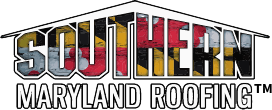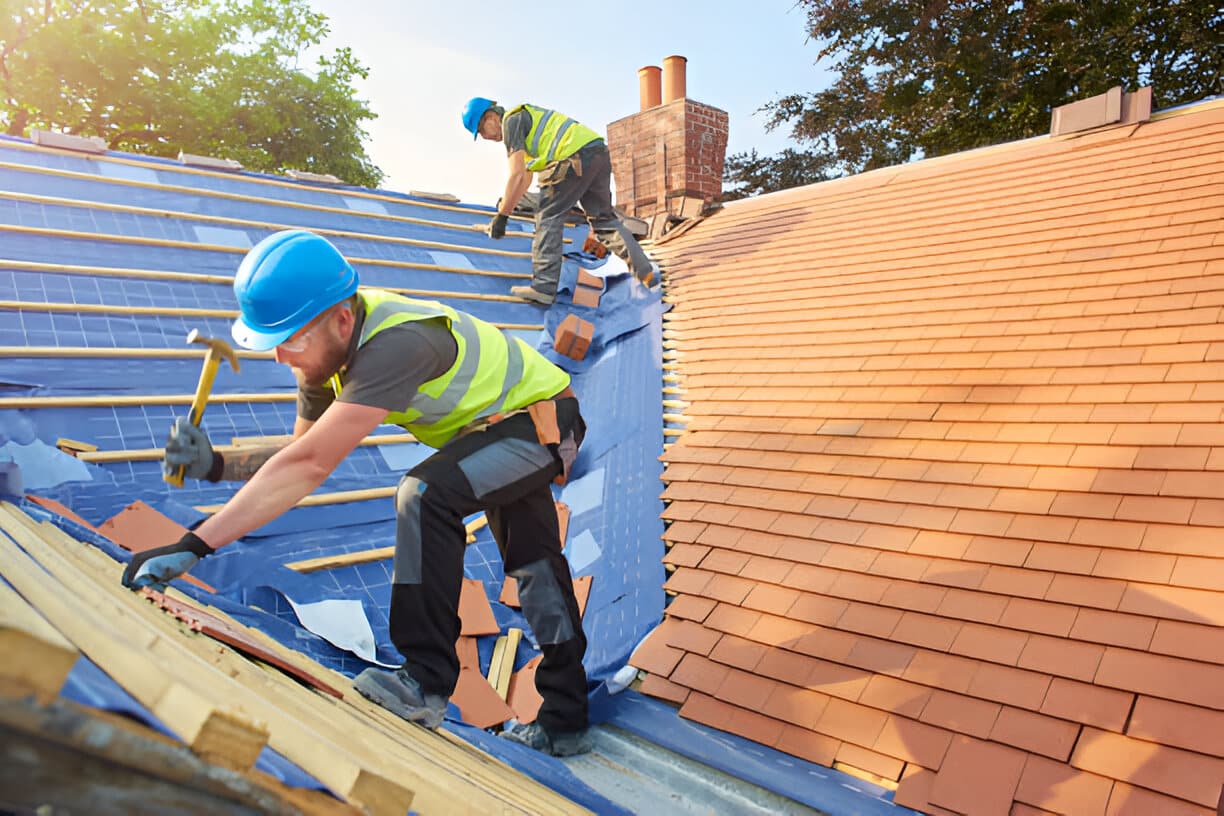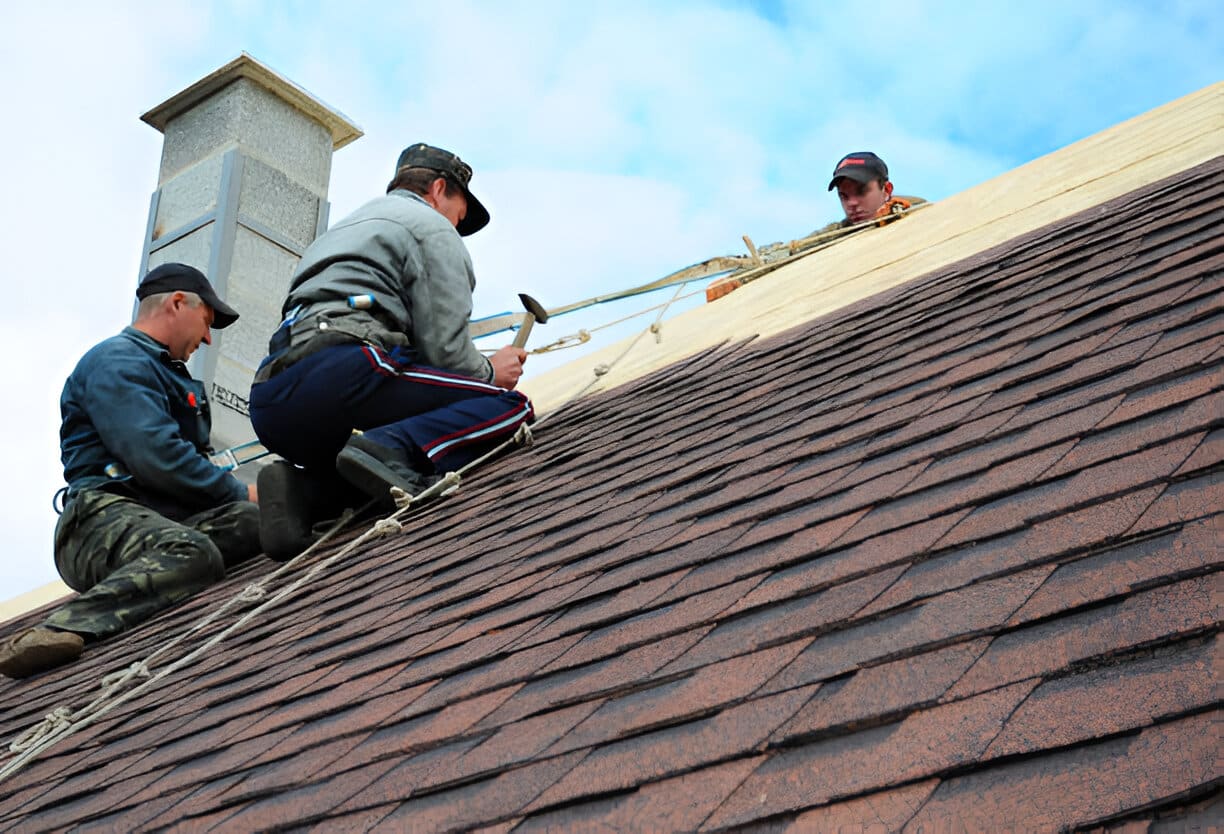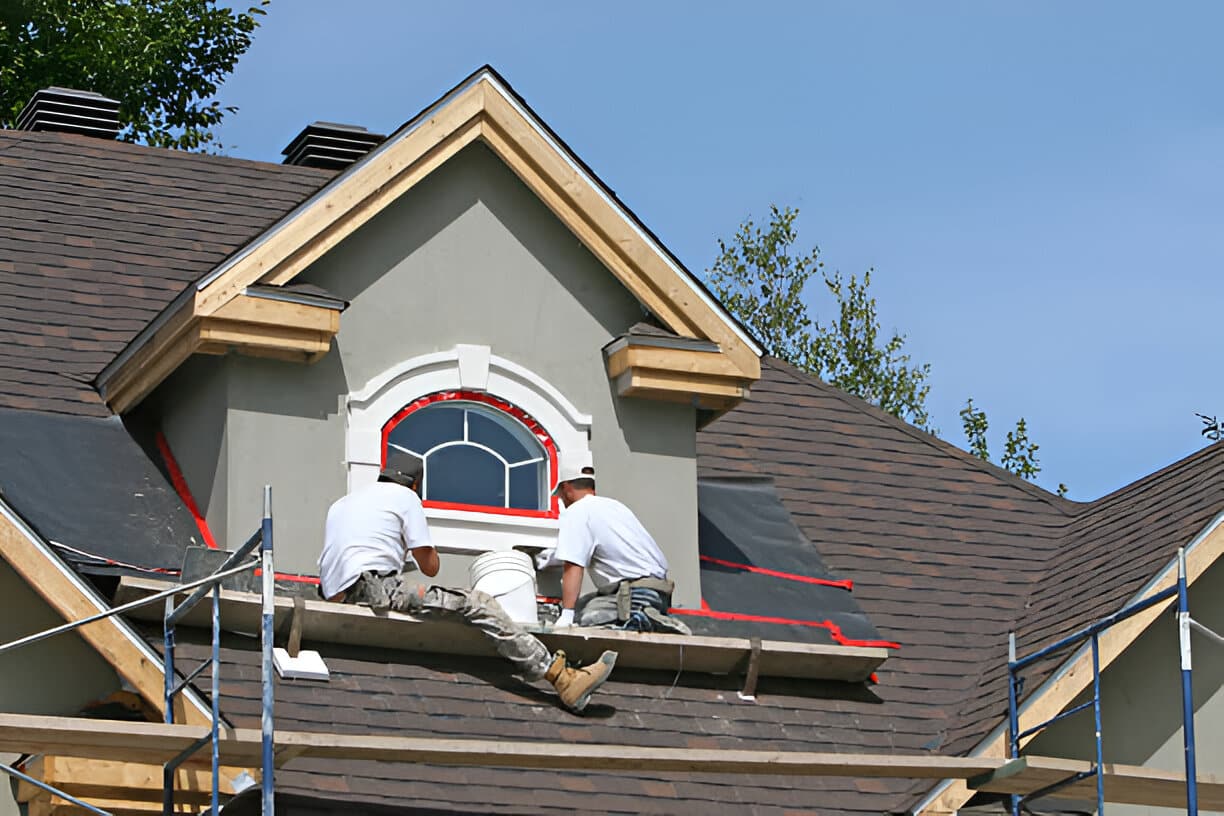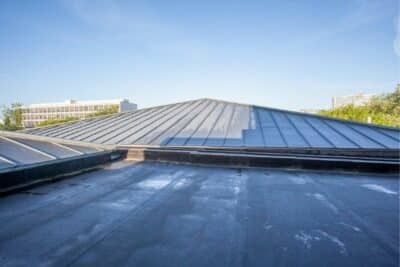
Commonly, flat roofs are used on outbuildings and large structures. Slope roofs, by contrast, have been traditionally used for homes and you might find yourself inclined towards choosing them. But before you make the decision, you must take a look at the advantages flat roof offers. To mention a few; a flat roof can be used as storage space, a barbeque, or you can even set up a personal garden, the list goes on.
To help you arrive at the appropriate decision, we’ve listed down the pros and cons of a flat roof. By the time you’re done reading this article -weighing the pros and cons-, it’ll be perfectly clear what kind of roof works best for you.
Pros of a Flat Roof in Maryland
Flat Roofs are Cost-Effective
If you have a large home, installing a flat roof can be very cost-effective.
Flat roof material is cheaper and less expensive to install. Depending on a variety of factors, 1,000 square feet flat roof options can cost between $4,000 to $12,000 in Maryland. Additionally, on average, contractors charge anywhere between $3 to $7 per square foot for labor. Moreover, the total cost per square foot can increase by a dollar or two if additional roofing layers need to be installed. The various costs mentioned are relative to Maryland. Depending on where you live these costs may vary.
In conclusion, flat roofing is slightly more affordable than slope roofing and that’s a considerable advantage. If you need a new roof in Maryland, consider talking to your roofing contractor about the costs between flat roof installations and slope roofs.
Flat Roofs Provide Versatile Usage
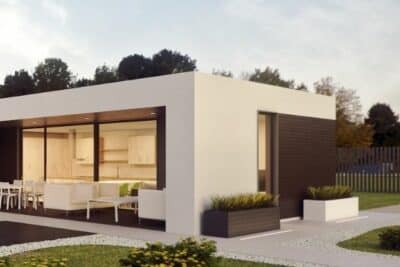
Furthermore, you can move your air conditioning units on the roof and free up the walls, build a roof garden, set up a living roof that serves as a lounge area, and install a barbeque. The possibilities are endless.
This is possibly the biggest advantage of choosing a flat roof – gaining more usable space.
Added Interior Space & Accessibility
If you prioritize spacious living, a flat roof may appeal to you. Especially the top floor will have improved space than installing a sloped roof would occupy.
Flat roofs are more accessible to reach. Be it installing things or repairing a patch, it’s easier on a flat roof. Also, it costs less, so that’s again an advantage. If you know you like to stay on top of regular roof repairs and maintenance, a flat roof can provide an easier access point while giving you more interior space as well.
Cons of a Flat Roof in Maryland
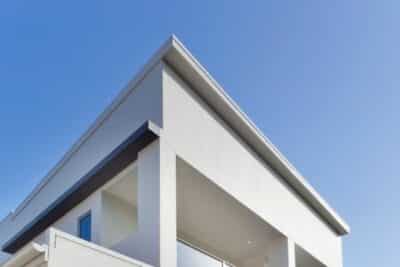
Usually, water puddles remain on a flat roof, which compromises the roofing material and might lead to water leakages. This is one reason why waterproofing your roof is so important. If you live in an area where the weather isn’t gentle, or rain or snowfall is frequent, choosing a sloping roof over a flat one would be a better option.
When it comes to flat roofs and choosing a roofing material, you are limited to a few options. More often than not, they have some issues and the life span of these roof materials isn’t exactly spectacular.
BURs are inherently heavy, so you might need to get the joists strengthened. Also, as gravel clogs gutters it might be difficult to locate the source of a leak. MRB is a type of roofing material that employs a torch-down system during installation and it can in some cases be considered as a fire hazard.
Finally, EPDM is considered to be a fairly good material but is relatively expensive. You may pay extra if you decide to go with light-coloured coatings. Considering most people choose to go with flat roofs because they are more affordable, paying extra doesn’t advocate the case for flat roofs.
FAQs about Flat Roofs
How long does a flat roof last?
Ideally, a flat roof should last around 15 to 25 years. It’s not fixed though, the lifespan of the roof will be decided by the kind of maintenance it receives and the type of material used. You should be secured by a warranty, so make sure you are given a warranty certificate on the purchase of a roof.
Repairs and Puddles: How to deal with them?
Repairing a flat roof isn’t very difficult. Since most flat roofs are made of a synthetic material, you can simply use easy-to-apply adhesive patches made of rubber or synthetic membranes.
As for puddles, it’s common that puddles form on your roof after a heavy rainfall. They shouldn’t last for more than 48 hours. If they do, there must be an issue with your roofing that you need to get inspected by a professional.
Is it normal for a flat roof to leak?
No. Given that the roofing is properly done there shouldn’t be a reason for the roof to leak. But because water accumulates longer and often on a flat roof, the probability of them leaking is more than a normal slope roof.
Bottom Line
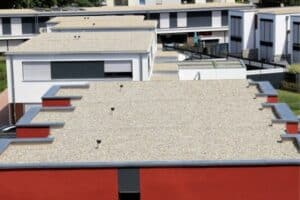
Eventually, it all comes down to the homeowners’ preference. If you find yourself liking a flat roof, and you think it’ll complement your home’s architecture, then there’s no reason not to go for a flat roof.
